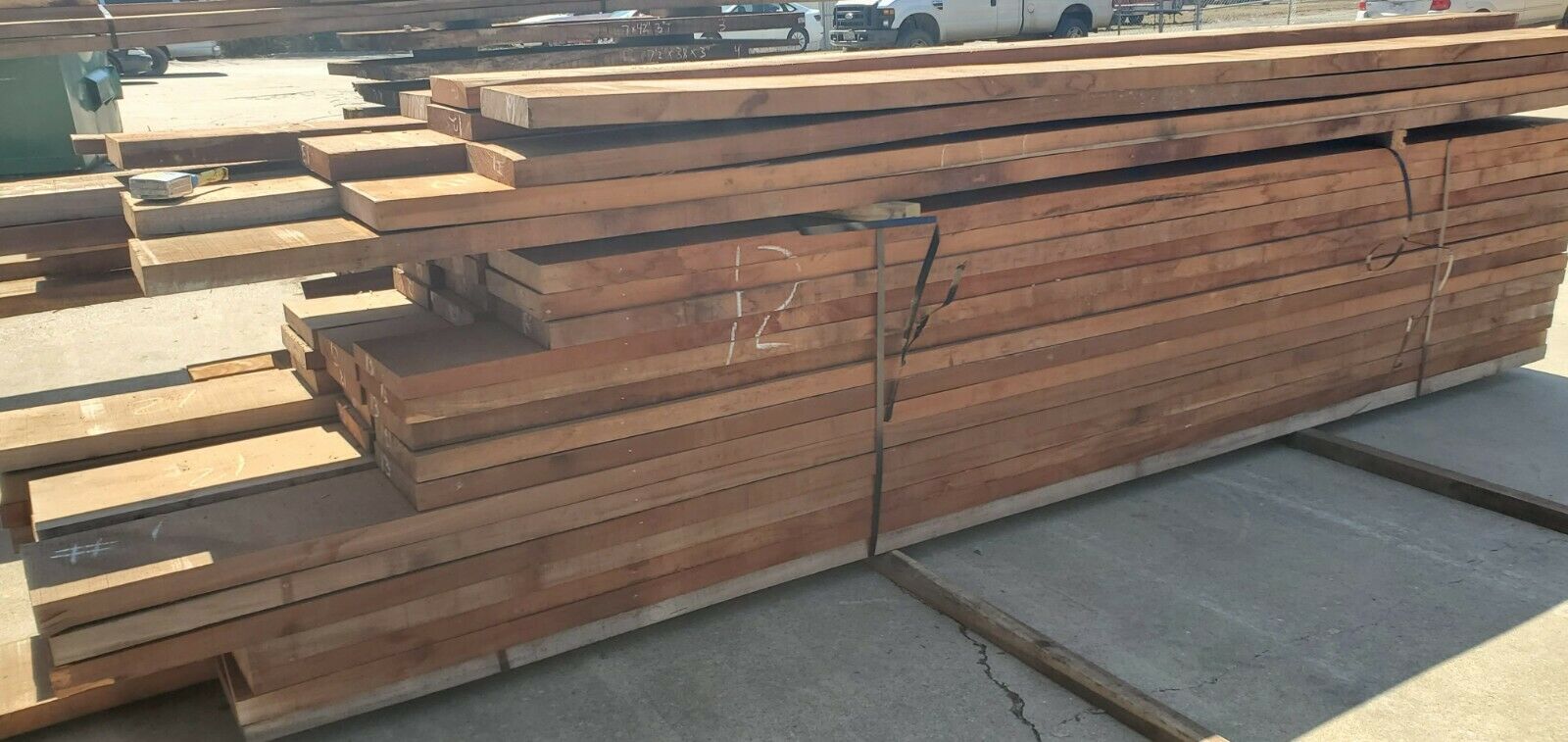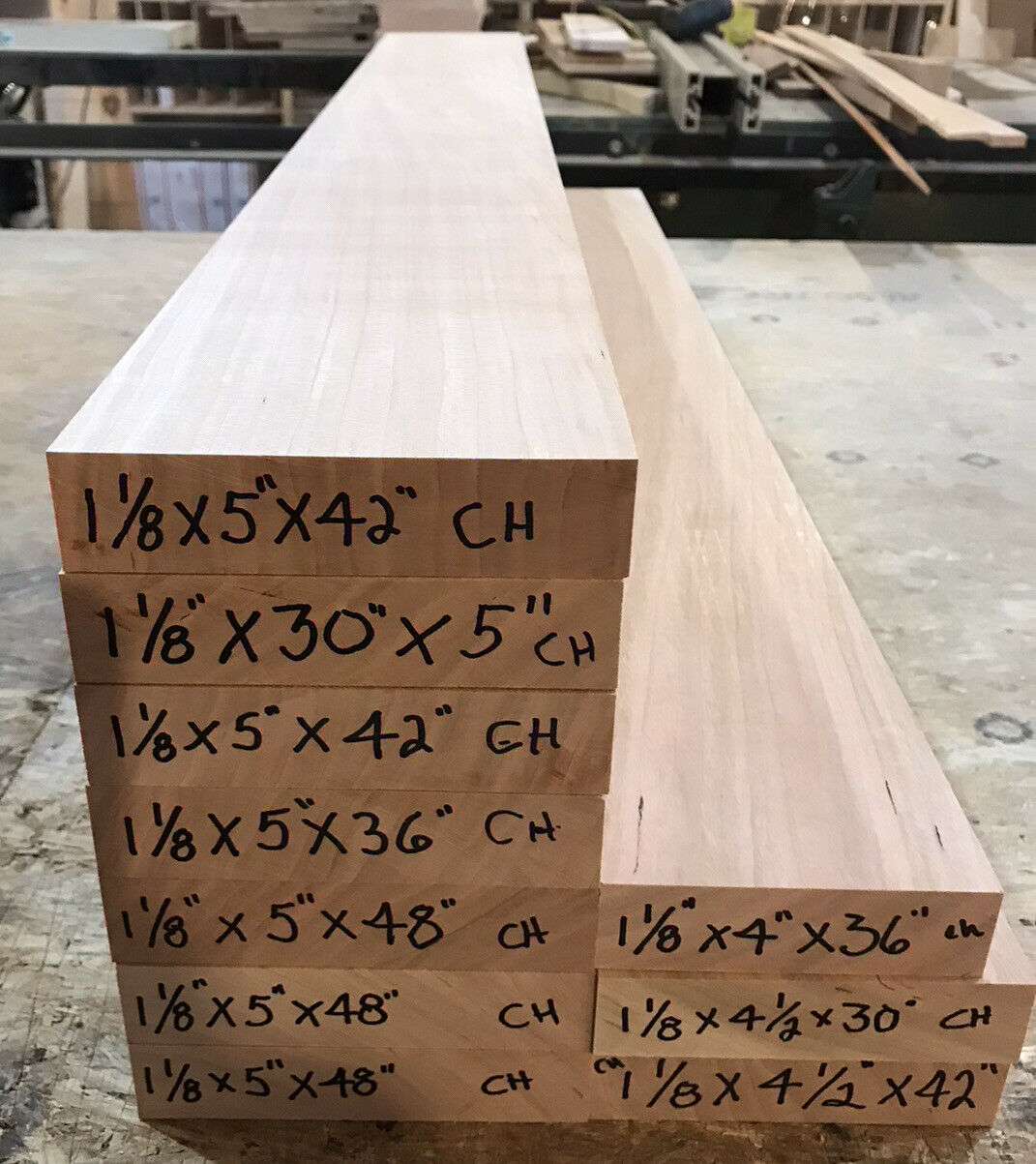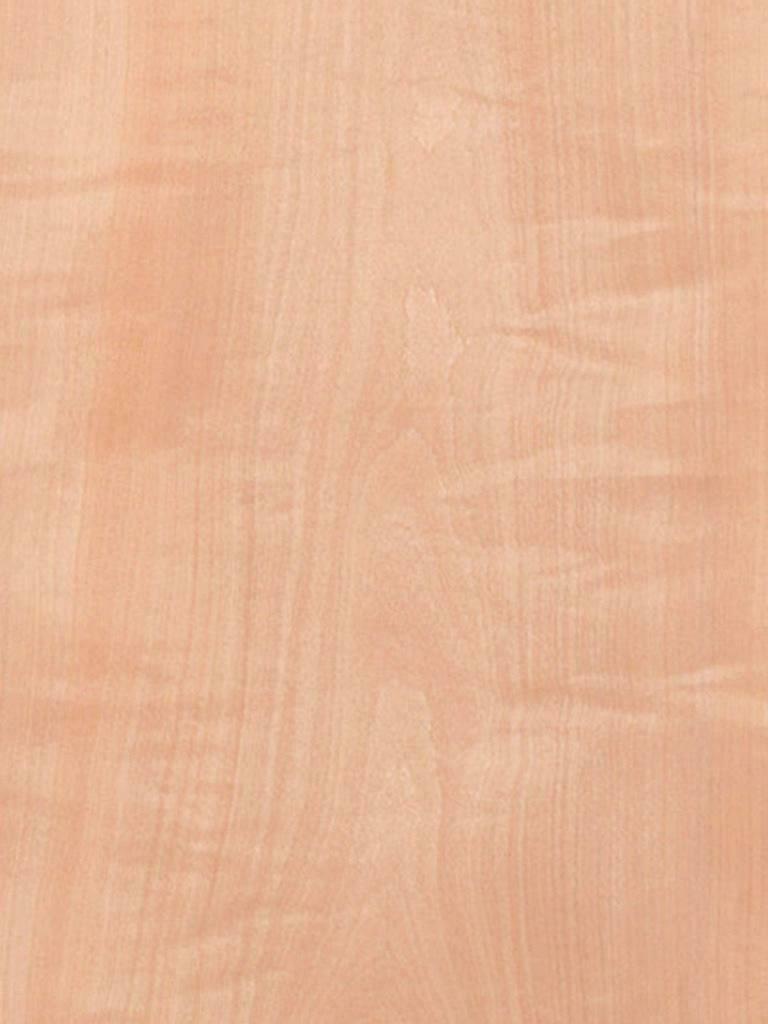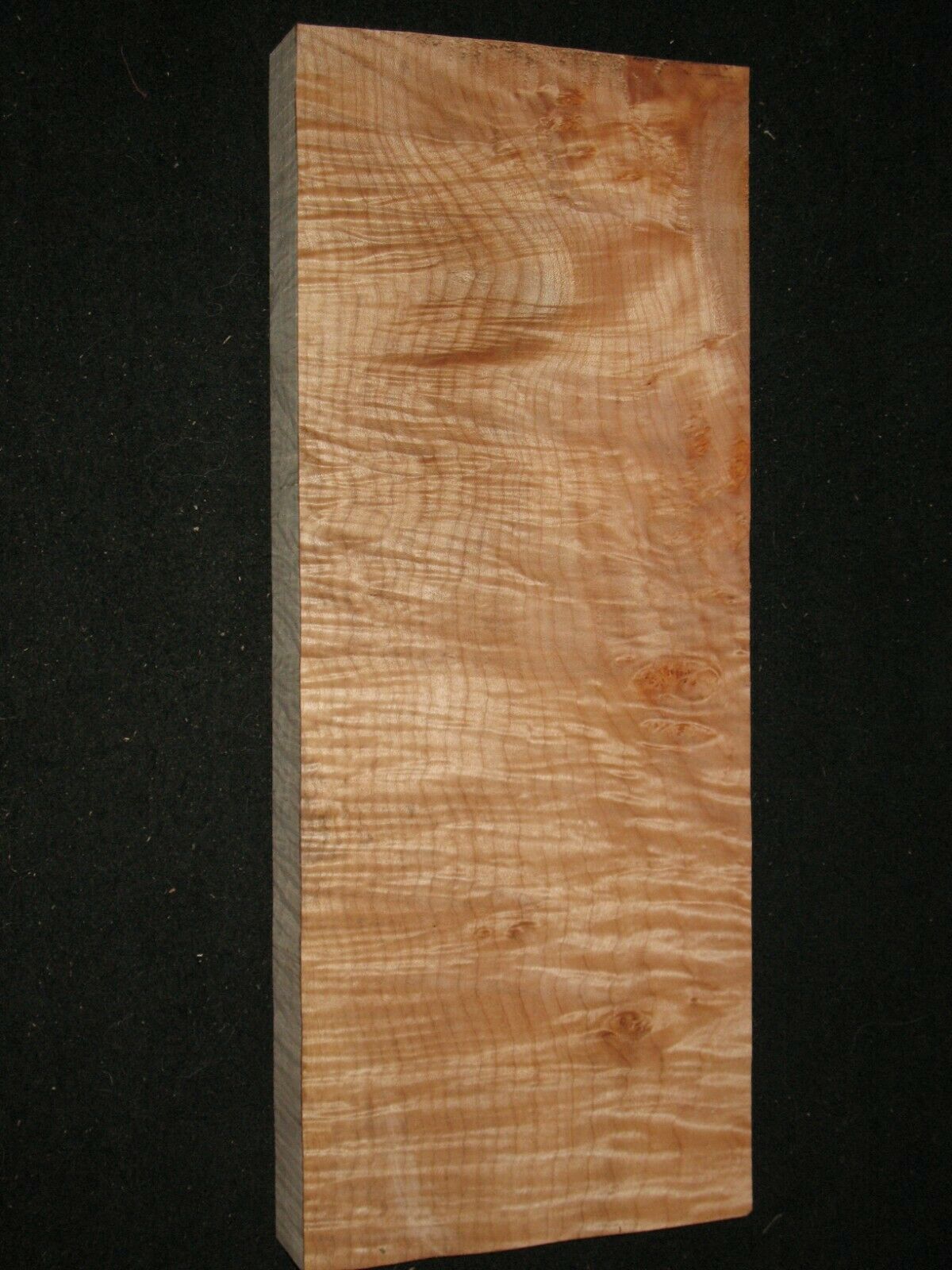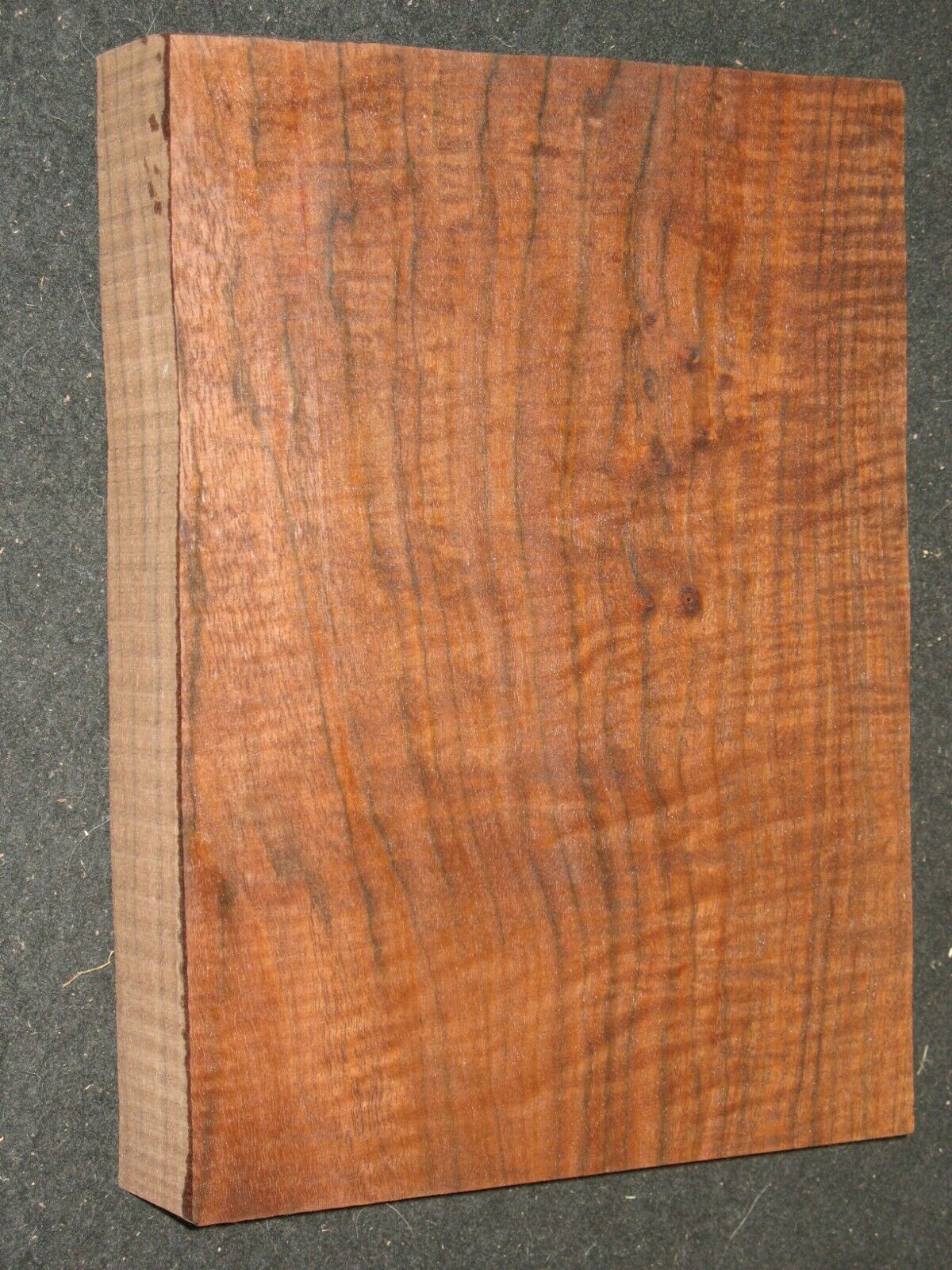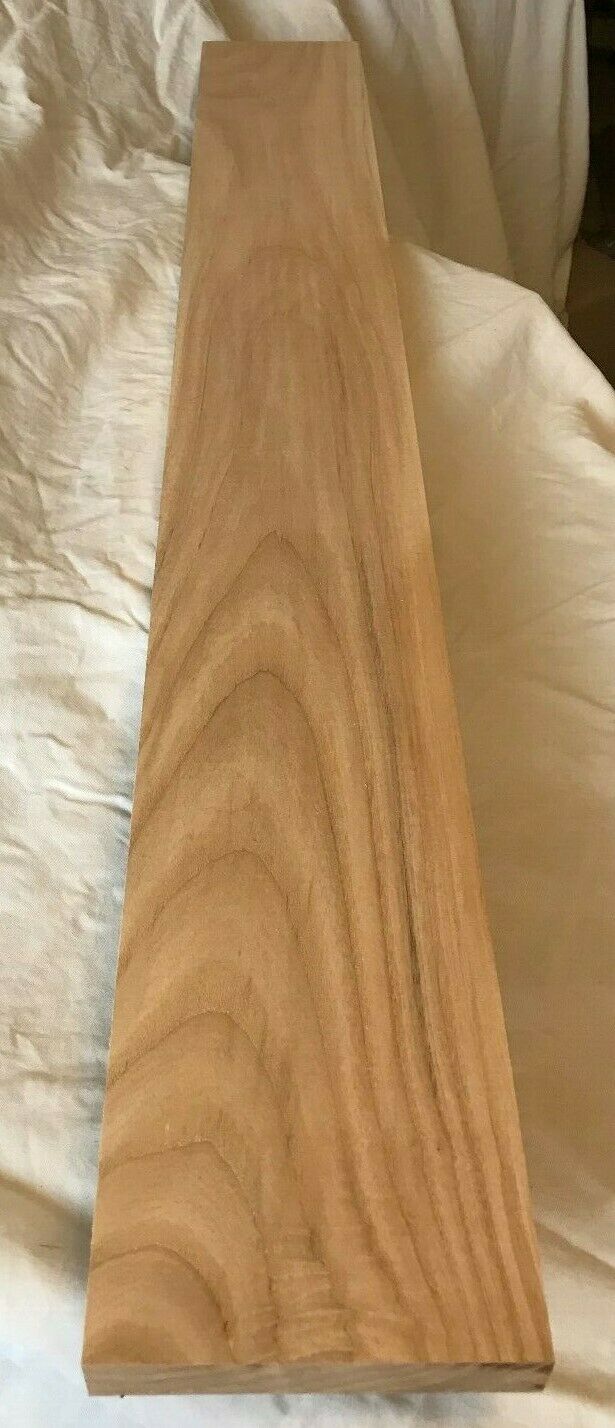-40%
Mahogany Lumber (Honduran)
$ 1584
- Description
- Size Guide
Description
Honduran MahoganyGrain:
Mixed
Specifications: 12" x 12-15' x 2"
Volume: 500bf
Rough Sawn, Random length KD 8%.
Larger Volume Available
Honduran Mahogany (Swietenia macrophylla)
Common Name(s):
Honduran Mahogany, Honduras Mahogany,
American Mahogany, Genuine Mahogany, Big-Leaf Mahogany, Brazilian Mahogany
Scientific Name:
Swietenia macrophylla
Distribution:
From Southern Mexico to central South America;
also commonly grown on plantations
Tree Size:
150-200 ft (46-60 m) tall, 3-6 ft (1-2 m) trunk diameter
Average Dried Weight:
37 lbs/ft
3
(590 kg/m
3
)
Specific Gravity (Basic, 12% MC):
.52, .59
Janka Hardness:
900 lb
f
(4,020 N)
Modulus of Rupture:
11,710 lb
f
/in
2
(80.8 MPa)
Elastic Modulus:
1,458,000 lb
f
/in
2
(10.06 GPa)
Crushing Strength:
6,760 lb
f
/in
2
(46.6 MPa)
Shrinkage:
Radial: 2.9%, Tangential: 4.3%, Volumetric: 7.5%, T/R Ratio: 1.5
Color/Appearance:
Heartwood color can vary a fair amount with Honduran Mahogany, from a pale pinkish brown, to a darker reddish brown. Color tends to darken with age. Mahogany also exhibits an optical phenomenon known as chatoyancy. (See video
below
.)
Grain/Texture:
Grain can be straight, interlocked, irregular or wavy. Texture is medium and uniform, with moderate natural luster.
Endgrain:
Diffuse-porous; large pores in no specific arrangement; solitary and radial multiples of 2-3; mineral deposits occasionally present; growth rings distinct due to marginal parenchyma; rays barely visible without lens; parenchyma banded (marginal), paratracheal parenchyma vasicentric.
Rot Resistance:
Varies from moderately durable to very durable depending on density and growing conditions of the tree. (Older growth trees tend to produce darker, heavier, and more durable lumber than plantation-grown stock.) Resistant to termites, but vulnerable to other insects.
Workability:
Typically very easy to work with tools: machines well. (With exception to sections with figured grain, which can tearout or chip during machining.) Slight dulling of cutters can occur. Sands very easily. Turns, glues, stains, and finishes well.
Odor:
No characteristic odor.
Allergies/Toxicity:
Although severe reactions are quite uncommon, Honduran Mahogany has been reported as a
sensitizer
. Usually most common reactions simply include eye, skin and respiratory irritation, as well as less common effects, such as boils, asthma-like symptoms, nausea, giddiness, and hypersensitivity pneumonitis. See the articles
Wood Allergies and Toxicity
and
Wood Dust Safety
for more information.
Pricing/Availability:
Despite export restrictions, Honduran Mahogany continues to be available in lumber or veneer form, possibly from plantations. Prices are in the mid range for an imported hardwood, though it tends to be more expensive than
African Mahogany
. Figured or quartersawn lumber is more expensive.
Common Uses:
Furniture, cabinetry, turned objects, veneers, musical instruments, boatbuilding, and carving.
Comments:
Honduran Mahogany goes by many names, yet perhaps its most accurate and telling name is
Genuine Mahogany
. Not to be confused with cheaper imitations, such as
Philippine Mahogany
,
Swietenia macrophylla
is what most consider to be the real and true species when referring to “Mahogany.”
An incredibly important commercial timber in Latin America, Honduran Mahogany is now grown extensively on plantations. It has been widely exploited, leading to its inclusion on the
CITES Appendix II
in 2003. In effect, this limits the international exporting of the lumber to certified sustainable sources. (This is also why many lumber retailers located in the United States are unable to ship Honduran Mahogany outside of the country.) Substitutes sometimes used are
African Mahogany
or
Sapele
.
Honduran Mahogany’s easy workability, combined with its beauty and phenomenal stability have made this lumber an enduring favorite.
